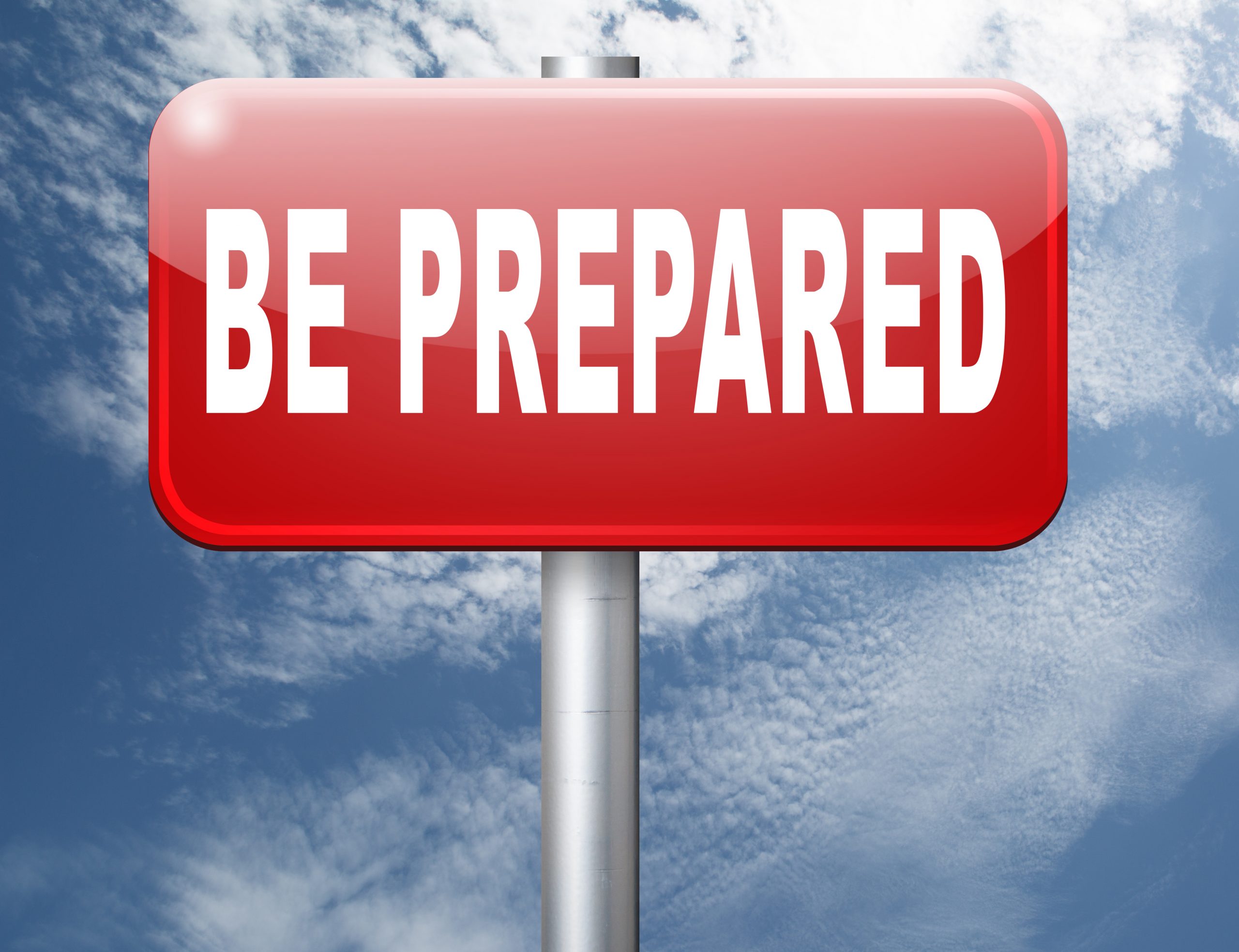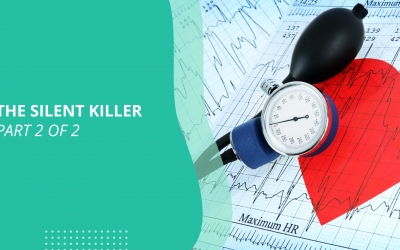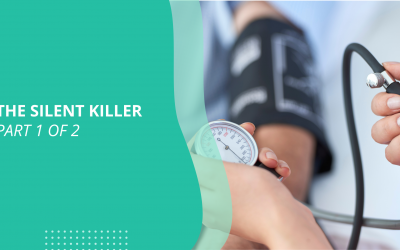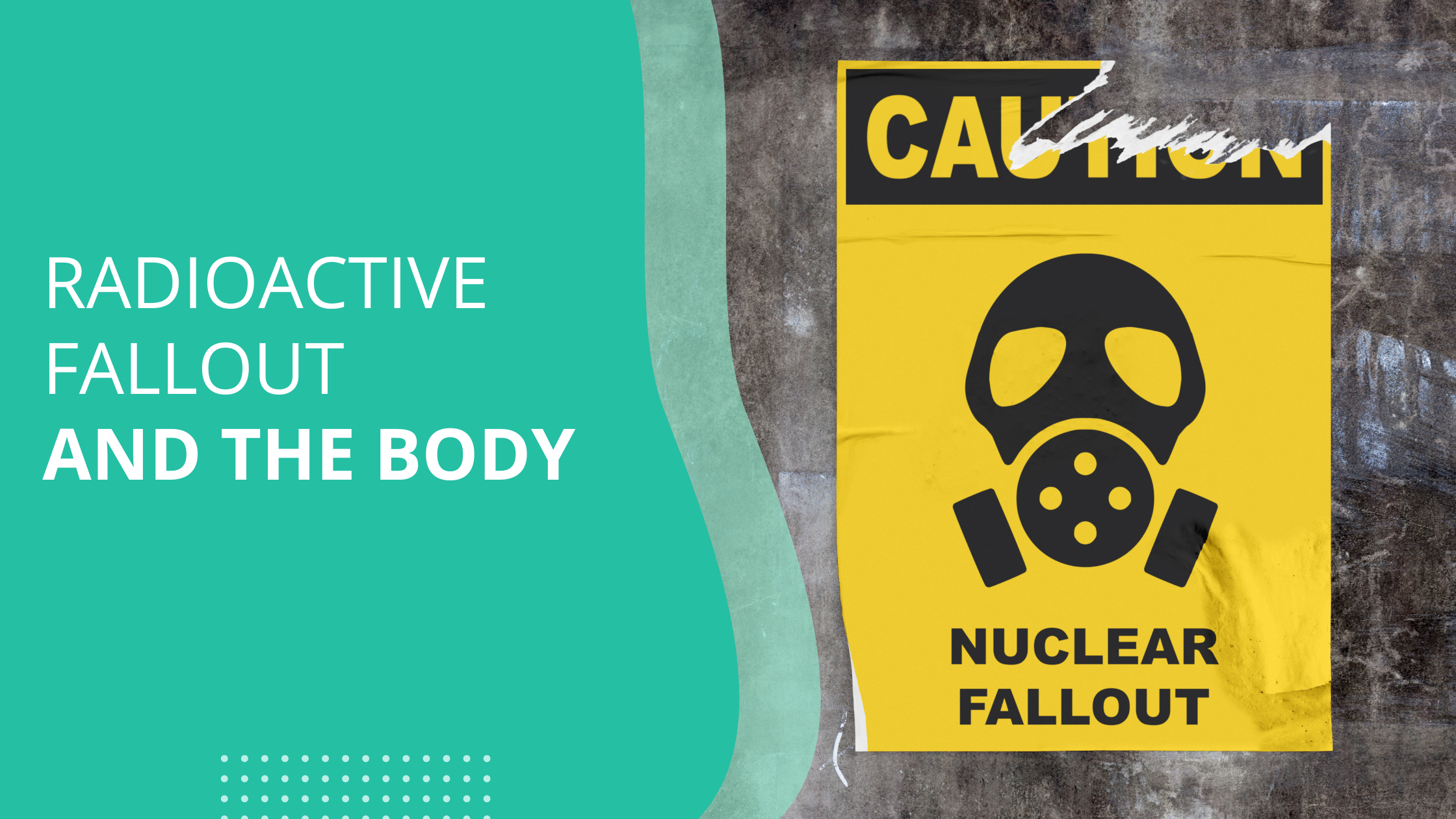
Part 2
(This is a series of posts on the health effects of different types of radioactive fallout)
Last post we discussed what to do in the event of a nuclear explosion and resulting fallout. If you happen to get caught in the path of the fallout the following information will help guide you on what to do.
Radioactive iodine isn’t the only radioactive isotope that is found in fallout during a nuclear explosion. The EPA monitors several radioactive isotopes that have been used in nuclear bombs, some of the most common are listed below.
Three Common Radioactive Isotopes found during nuclear fallout
The following three radioactive isotopes commonly found in a nuclear explosion and resulting fallout, however there are many more than these three that can be present during a nuclear event. Over the upcoming posts we will delve into these three and will discuss mitigation and possible ways to remove the radioactive substance from the body (chelation)
Internal exposure to Cs-137, which mimics potassium is distributed in the soft tissues, especially muscle tissue, which increases cancer risk.
Strontium-90 can be inhaled, but ingestion in food and water is the greatest health concern. Once in the body, Sr-90 acts like calcium and is readily incorporated into bones and teeth, where it can cause cancers of the bone, bone marrow, and soft tissues around the bone.
The focus today will be on radioactive iodine
Radioactive iodine
Thyroid gland and iodine
- Iodine-131
- There are 37 known iodine isotopes, some are radioactive, and some are not. Iodine-131 is one that is usually found in nuclear explosions. Iodine -123 (and 129)are used for imaging purposes of the brain, blood and thyroid. In micro doses Iodine-131 is used for diagnostic imaging of the brain, pulmonary and thyroid.
The thyroid gland uses iodine to produce thyroid hormones and cannot distinguish between radioactive iodine and stable (nonradioactive) iodine. If iodine were released into the atmosphere, people could ingest it in food products or water, or breathe it in.
In addition, if dairy animals consume grass contaminated with iodine, the radioactive iodine will be incorporated into their milk. Consequently, people can receive internal exposure from drinking the milk or eating dairy products made from contaminated milk.
Once inside the body, radioactive iodine will be absorbed by the thyroid gland, potentially increasing the risk for thyroid cancer or other thyroid problems.
Ingesting iodide tablets (KI) flood the thyroid gland, can protect the thyroid gland from absorbing the radioactive iodine from a nuclear incident. This is a good preventative measure, however all body systems are affected by radioactive fallout, depending on the radioactive isotope.
Who is at most risk of radiation poisoning?
-
- Females and children are the most susceptible.
- Infants and children are especially sensitive to radiation exposure. The cells in children and fetuses divide rapidly, providing more opportunity for radiation to disrupt the process and cause cell damage. Young girls are especially susceptible to the effects of ionizing radiation for reasons not quite known now.
- Pregnant and breastfeeding women
- Young adults are less sensitive to the effects of radiation
Less risk of radiation poisoning unless a large fallout of radioactive fallout is present
People over 40 are more resistant to the effects of radiation poisoning.
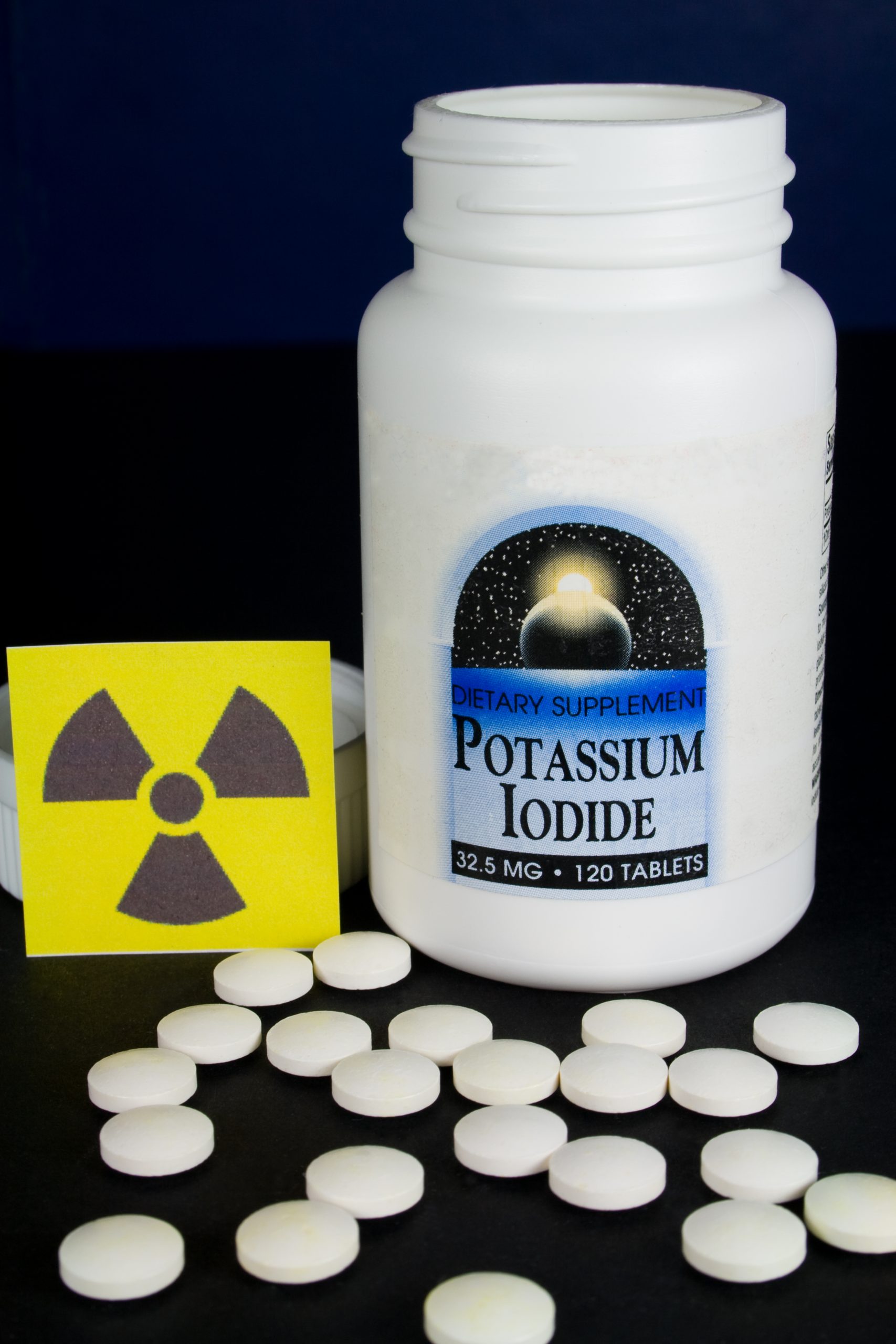
How to take potassium iodide
SINCE POTASSIUM IODIDE IS AN OVER-THE-COUNTER MEDICATION IT MAY BE VIEWED AS NOT HARMFUL OR WITHOUT SIDE EFFECTS. CONSULT YOUR PRIMARY CARE PROVIDER BEFORE TAKING THIS OR ANY OTHER SUPPLEMENTS.
Only take potassium iodide if state or local health authorities suggest you do so. During an emergency, health officials will send out an announcement. Your health department will then tell you when it’s OK to take potassium iodide. They’ll also tell you when you can stop the medication.
Excerpt from FDA recommendations:
How much potassium iodide (KI) should I take?
The FDA has approved two different forms of KI—tablets and liquid—that people can take by mouth after a nuclear radiation emergency. Tablets come in two strengths, 130 milligram (mg) and 65 mg. The tablets are scored so they may be cut into smaller pieces for lower doses. Each milliliter (mL) of the oral liquid solution contains 65 mg of KI. According to the FDA, the following doses are appropriate to take after internal contamination with (or likely internal contamination with) radioactive iodine:
- Adults should take 130 mg (one 130 mg tablet OR two 65 mg tablets OR two mL of solution). Children who are adult size (greater than or equal to 150 pounds) should take the full adult dose, regardless of their age.
- Women who are breastfeeding should take the adult dose of 130 mg.
- Children between 3 and 18 years of age should take 65 mg (one 65 mg tablet OR 1 mL of solution).
- Infants and children between 1 month and 3 years of age should take 32 mg (½ of a 65 mg tablet OR ½ mL of solution). This dose is for both nursing and nonnursing infants and children.
- Newborns from birth to 1 month of age should be given 16 mg (¼ of a 65 mg tablet or ¼ mL of solution). This dose is for both nursing and nonnursing newborn infants.
- NOTE Newborn infants should only be given potassium iodide under the direction of a healthcare provider. Their underdeveloped thyroid is at risk for developing low thyroid. Thyroid function tests are indicated after iodide has been administered and the radioactive event has passed.
Medical conditions in which taking KI may be harmful
Taking KI may be harmful for some people because of the high levels of iodine in this medicine.
You should not take KI if:
- you know you are allergic to iodine (If you are unsure about this, consult your doctor.
- A Seafood or shellfish allergy does not necessarily mean that you are allergic to iodine.)
- Certain skin disorders (such as dermatitis herpetiformis or urticaria vasculitis).
- People with thyroid disease (for example, multinodular goiter, Graves’ disease, or autoimmune thyroiditis)
- In all cases, talk to your doctor if you are not sure whether to take KI.
Side Effects of KI
When taken as directed KI has few side effects.
Some of the more common side effects are:
- Skin rashes
- Inflammation of the salivary glands
- GI upset
- Brooke Lounsbury
Medical Content Writer
Prep tip- what have you done to prepare this week?
Communication- In the event of a nuclear event or any natural or manmade disaster, knowing what is going on outside the four walls of your home will help you decide on a course of action.
A hand crank or transistor radio is invaluable in these instances. If you are so inclined to take communication a step further. consider joining an amateur radio club in your area and testing for your ham radio license, Check out ARRL for more information.
“Believe you can, and you are halfway there” Truman Capote
Lifesaving Medications
Recent Posts
Keeping you informed and safe.
Blog
Patient EducationOur mission is to help you be more medically prepared. Stay up-to-date on the latest news in health and preparedness.Categories
The Silent Killer (Part 2)
(Part 2) Part 2 will discuss: Physiology of blood pressure regulation, Medications to help control hypertension Blood pressure regulation is a complex process involving a series of body systems, hormones and input from the nervous system all working together to...
The Silent Killer
Part 1 High blood pressure (HBP) has been called the silent killer and with good reason. It is estimated that at least 20 percent of the population with high blood pressure have no symptoms. In part 1 we will discuss: Symptoms of hypertension Health risks of...

